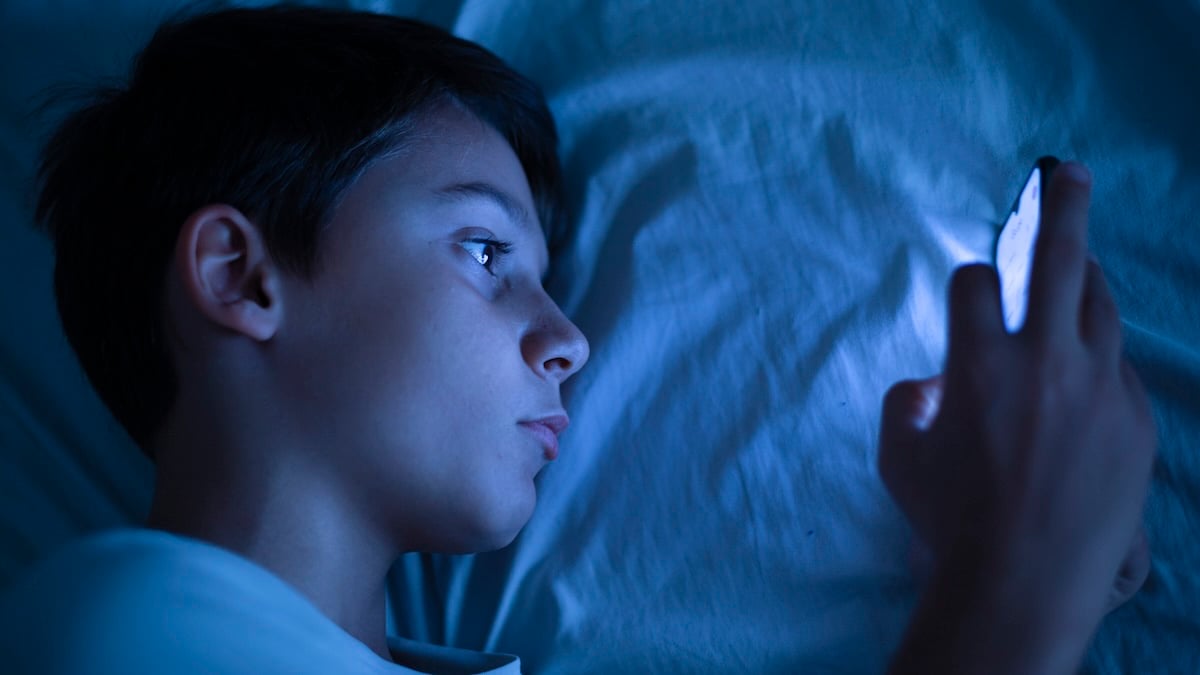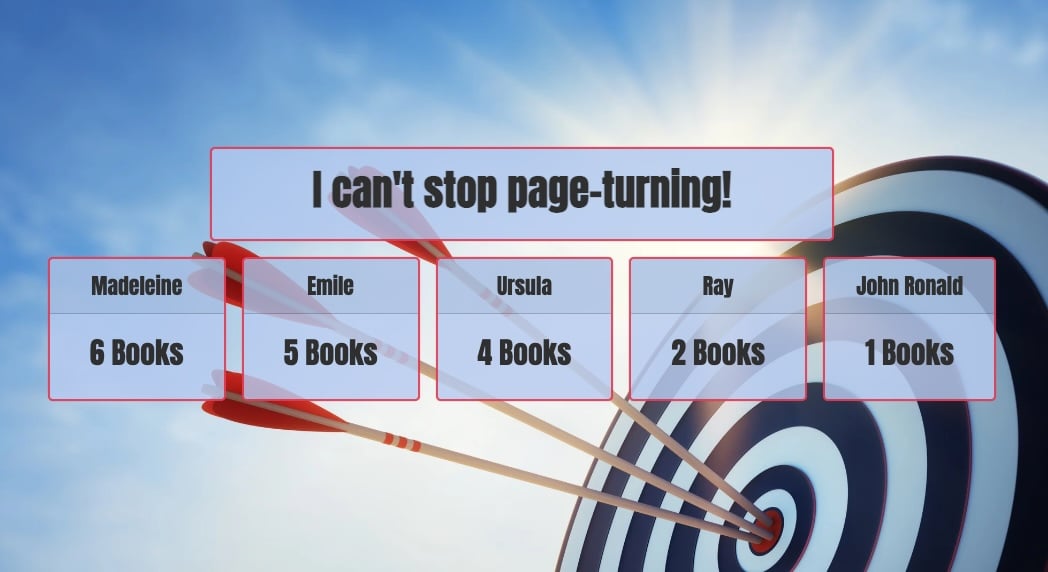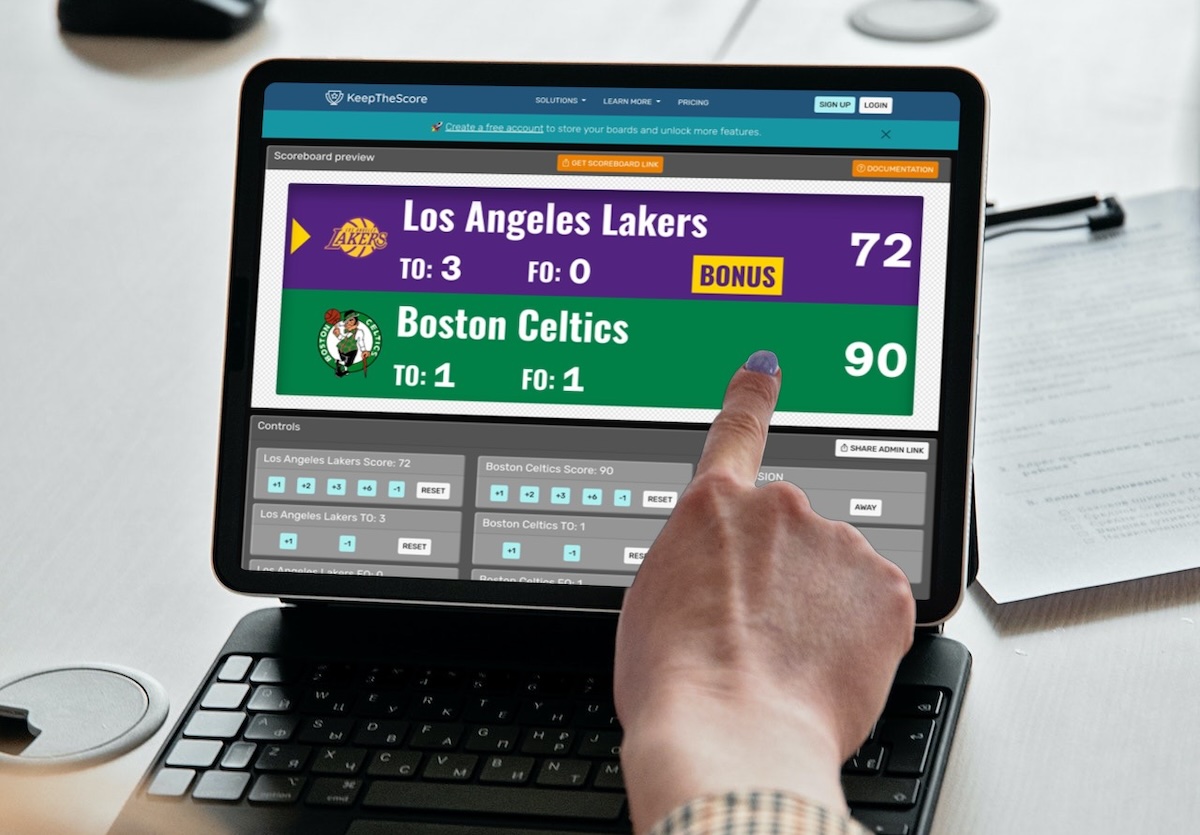
The numbers are harrowing. According to statistics provided by the Center for Disease Control, children have got a screen problem. Children from 8 to 10 are spending 6 hours per day on average in front of a screen while 15 to 18 year-olds are clocking even more screen time at 7.5 hours per day on average. Considering that excessive screen time is strongly correlated with sleep disorders and mental and emotional health conditions, giving kids an incentive to put down their phones and tablets is a worthwhile cause. But can you convince them that reading can be just as fun?
What Is a Reading Program?
The best way to stay committed to a goal is to have the support of people hoping to achieve the same aim. Reading programs, organized by schools and libraries, help children and young adults stay motivated and inspired to read. By setting clear goals and offering fun incentives, participants are encouraged to stick with it. How can you set up a reading program?
-
Set a timeframe: How long should your reading program last? A week? A month? Or maybe decide on a seasonal or holiday theme.
-
Devise incentives: Although reading is a reward in and of itself, it helps to have incentives to keep readers motivated. Prizes, gift certificates, even simple acknowledgements in the form of badges or social media posts can help keep readers on track.
-
Get everyone involved: Reading programs aren’t just about the readers. With young children in particular, it helps to get parents and family and even the community involved. Reading in mixed age groups is an effective approach for improving reading performance.
 A happy place
A happy place
Goal Tracking in Reading Programs: Why It Matters
Having goals is one thing, but achieving them is something entirely different. That’s why it’s important to track progress when organizing a reading program. Not only does it help you stay on target, it is also a great reminder of how far you’ve come. Why else should you be tracking reading goals?
-
Performance assessment: Tracking readers’ progress not only helps readers monitor their success, it also helps organizers determine if they’ve set realistic, overly ambitious, or easy goals and adjust if necessary. \
-
Improved engagement: Dips in reading pace are clearly visible with tracking tools. This makes it easy for organizers to determine who might need some more help or encouragement to achieve their goals.
- Greater likelihood of success: A goal tracker can make reading a book seem much less daunting by breaking the book down into pages, chapters, or even a specified number of minutes to read a day. And all that boils down to a higher chance of readers meeting their reading targets.
 Unfortunately Bruno gave up very quickly
Unfortunately Bruno gave up very quickly
How to Initiate Reading Programs for All Ages
It’s not just kids who could benefit from some screen-free time. Reading programs have broad appeal across all age groups. You simply have to adapt your reading program for your target audience. Here are some fun ways to get people reading at school, at home, in libraries or anywhere:
-
Literary Bingo: This is ideal for young children. Create a bingo sheet with different reading goals. For example, read a book about animals, read under a tree, read with friends. Have them tick off the boxes as they achieve each goal until they get B-I-N-G-O!
-
Book-to-Screen Challenge: This is a great way to get teens engaged. Assign books that have been turned into movies and have them compare. What was different? Better? Worse? Exactly as expected?
-
Read Around the World: Keep adults intrigued by selecting books from different international authors. The first one to make it around the world wins!
 These kids are not on TikTok or Instagram
These kids are not on TikTok or Instagram
Benefits of Using a Leaderboard for Reading Program Tracking
We already understand the benefits of tracking reading goals. But why should you consider using an online leaderboard or goal tracker to do it?
- Increases accountability: An online leaderboard visible to all readers adds that tiny bit of peer pressure that will help participants stick to their reading goals.
- Team spirit: Use a goal tracker to, for example, pit library against library or school against school. By monitoring overall rather than just individual success, you can foster teamwork and community spirit.
- Adds an element of fun: Using leaderboards and goal trackers gamifies the reading process and makes it a collaborative experience instead of a solo one.
Gamify Your Reading Program with Leaderboards and Goal Trackers
So how can KeepTheScore help your readers stay the course? Here are some ideas:
Use a KeeptheScore Goal Tracker
![]() Online goal tracker for a reading program from Keepthescore.com
Online goal tracker for a reading program from Keepthescore.com
- Set up a Goal Tracker by clicking on the button above.
- Change your Score suffix to e.g., Pages.
- You can leave the Name field blank or write motivational messages like: Books are knowledge or Reading is rad.
- Set your goal value. It could be the number of pages, hours, books you have set as your goal.
- Share the public link for tracker and track team progress!
- Once a goal has been achieved, celebrate!
Use a KeeptheScore Leaderboard
 Online leaderboard for a reading program from Keepthescore.com
Online leaderboard for a reading program from Keepthescore.com
- Create a Leaderboard by clicking on the button above.
- Under Name, write the name of each participant
- You can leave Optional title for your board blank or write something to inspire your team, e.g., Another book bites the dust.
- Change your Score suffix to e.g., Pages.
- Share the public link for your leaderboard and track team progress!
- Remember to celebrate!
Go get lost in a book while KeepTheScore helps you stay on course!




